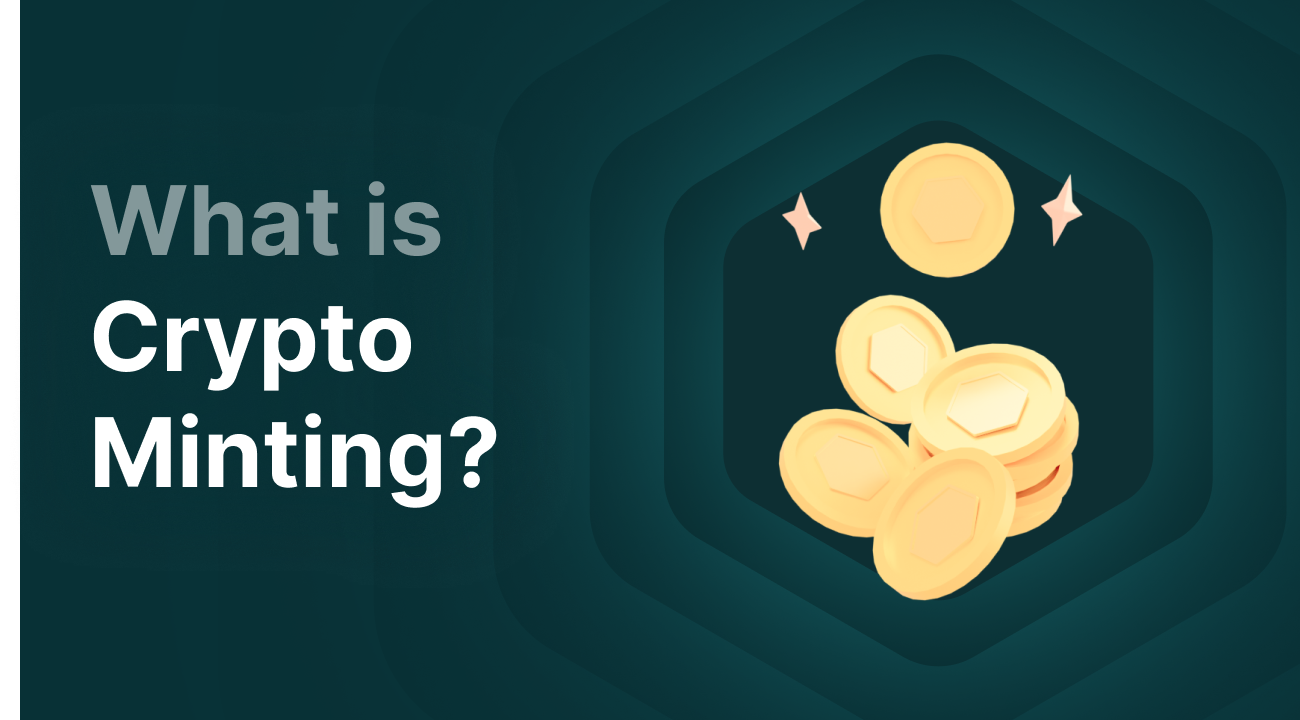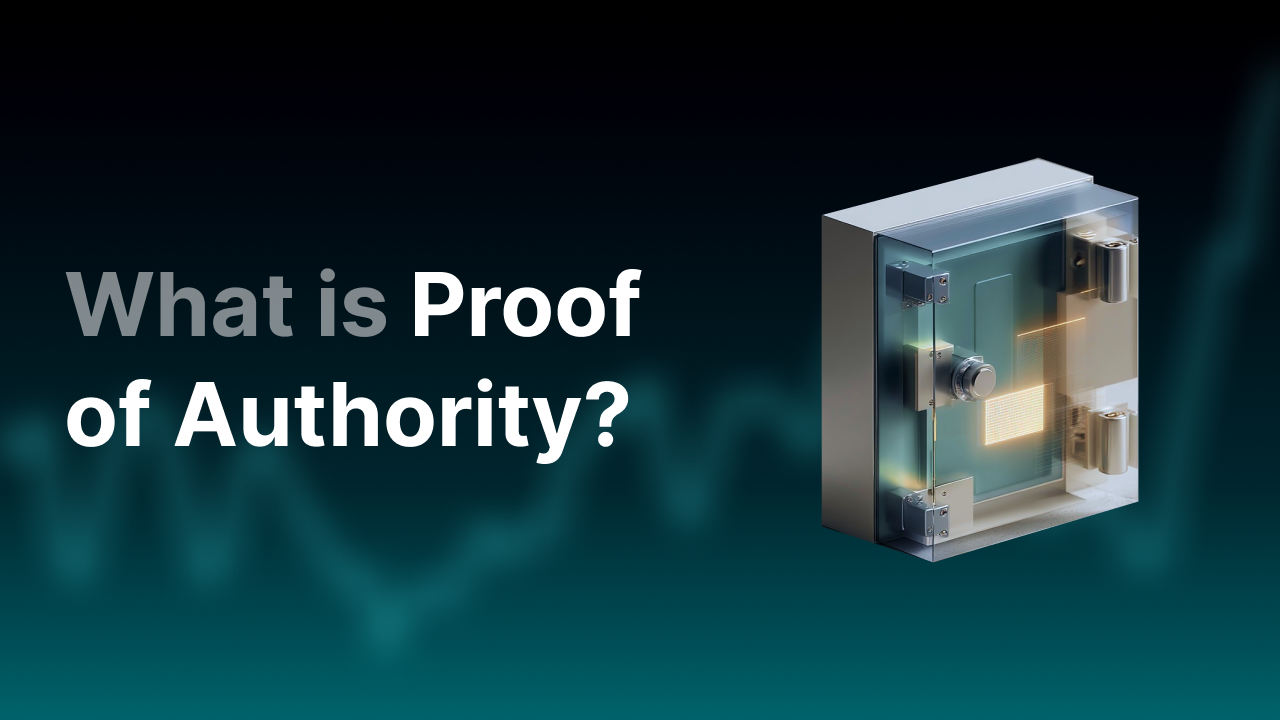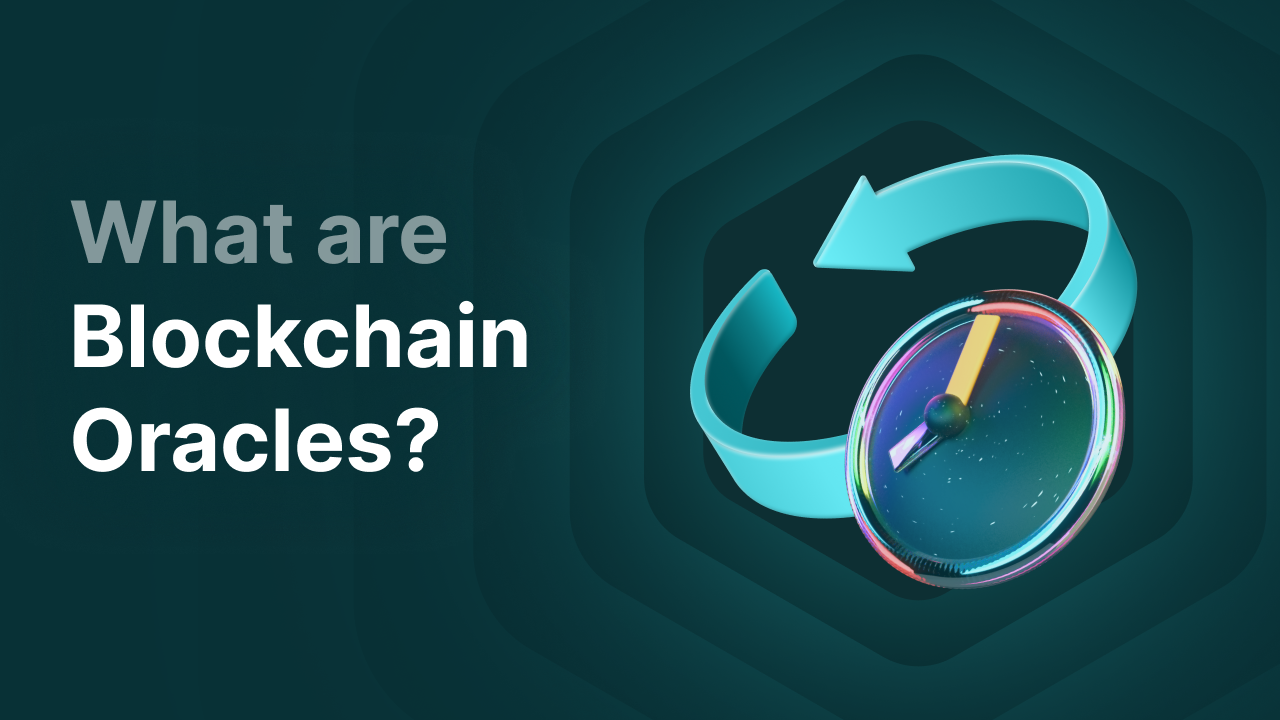What is minting and how does it work?

What is crypto minting?
Minting is the process of creating new tokens—such as cryptocurrencies or NFT—and adding them to a blockchain. The term is derived from the verb “to mint,” which literally means “to strike coins,” just like producing physical coins in a mint. In the context of blockchain, however, it means adding new coins to an immutable ledger.
Minting mainly occurs on blockchain protocols that use Proof of Stake (PoS) or a variation thereof. In this process, new blocks are created, transactions are validated, and data is permanently added to the blockchain. Validators (users who stake tokens to be allowed to validate transactions) play an important role in this.
Key Takeaways
- Minting is the creation of new crypto units or NFTs on a blockchain. The process is similar to minting coins and mainly occurs via Proof of Stake (PoS) or variants such as DPoS and LPoS.
- Minting requires staking and is more energy-efficient than mining. Users lock tokens, may be selected as validators, and receive rewards without the need for expensive hardware or high energy consumption.
- Minting is also used to create NFTs. This involves linking a digital file to a unique token on the blockchain via platforms such as OpenSea or Rarible.
- Minting has advantages such as accessibility and sustainability, but also risks such as centralization and market volatility. Large players can gain too much power, and rewards can fluctuate greatly in value. Nevertheless, minting is growing rapidly, partly due to technological developments and expected regulation.
How does minting work?
Minting works with a system where users lock up (stake) crypto, verify transactions, and receive rewards. It depends on the blockchain protocol, but these are often the common steps in the minting process.
Staking tokens
Users lock up a certain amount of cryptocurrency as collateral, also known as 'staking'. Often, the more they stake, the greater the chance of being selected as a validator.
Selection process
An algorithm randomly selects validators to verify transactions and create a new block.
Block creation and reward
The selected validator validates the transactions in the block, adds them to the blockchain, and receives newly created tokens and/or transaction fees as a reward.
Unlike Bitcoin mining, minting does not require heavy computing power or expensive hardware. This makes it more energy-efficient and accessible to many users.
Different forms of minting
Minting can take place in different ways, depending on the consensus mechanism used by the blockchain. Below, we discuss the most common forms, including examples of well-known blockchains or tokens that use this method.
1. Proof of Stake (PoS)
This is the most commonly used mechanism for minting. Users with a certain number of tokens can use them to become validators. The larger the stake, the higher the chance of being allowed to mint a block. Since the transition to Ethereum 2.0, Ethereum (ETH) has been a proof-of-stake network, where validators must stake at least 32 ETH to be allowed to mint.
2. Delegated Proof of Stake (DPoS)
Delegated Proof-of-Stake is a more advanced form in which token holders vote for delegates. These delegates are responsible for validating transactions and minting new tokens. The DPoS consensus mechanism increases efficiency and scalability on the blockchain, but it can also lead to centralization because a small group of delegates gains control. One of the largest blockchains using DPoS is EOS, where users can vote on 21 block producers who are allowed to mint blocks.
3. Liquid Proof of Stake (LPoS)
A variant where you can temporarily 'delegate' your tokens to other users without permanently transferring them. This allows someone without a direct stake to participate in the minting process through shared staking. Liquid Proof of Stake is often used in combination with other cryptocurrency consensus mechanisms. Tezos (XTZ) uses LPoS in addition to Proof-of-Stake, as it allows users to delegate their tokens to bakers without handing them over.
Difference between minting and mining
Although minting and mining both lead to the creation of new coins, they are two different processes:
Minting is seen as a more sustainable alternative to mining and lowers the barrier to entry for participating in the network.
Minting of NFTs
In addition to cryptocurrencies, minting is also used to create Non-Fungible Tokens (NFTs). In NFT minting, a digital file, such as an image, video, or music file, is linked to a unique token on the blockchain.
How does NFT minting work?
- You choose a blockchain that supports NFTs, such as Ethereum, Solana, or Polygon.
- You upload your digital file to an NFT platform such as OpenSea or Rarible.
- During minting, metadata and ownership data are recorded on the blockchain.
- You then have a Non-Fungible Token, or an immutable token that serves as proof of ownership.
Advantages of minting
Minting offers several advantages over traditional ways of creating crypto coins:
- Energy efficient: Because the process does not require complex puzzles like mining, energy consumption is much lower.
- Accessible: Anyone with a minimal investment in tokens can theoretically participate. No expensive graphics cards or ASIC miners are required.
- Decentralized control: Minting increases decentralization, especially in networks where users can vote or delegate.
- Scalability: Minting ensures fast transaction processing, which is important for the adoption of blockchain.
Disadvantages and risks of minting
Although minting offers many advantages, there are also some important disadvantages and points to consider:
- Centralization of power: In Proof-of-Stake networks, users with many tokens can have more power than others on the network.
- Security risks: Although Proof-of-Stake is considered secure, some networks are more vulnerable to attacks when people with malicious intentions own enough tokens.
- Complexity: For beginners, the difference between PoS, DPoS, and LPoS can be confusing. It requires the right knowledge to fully understand how minting works.
- Market volatility: The value of the rewards you receive from minting can fluctuate greatly depending on market conditions.
The future of minting
Minting continues to play an increasingly important role in the blockchain world and continues to evolve rapidly. For example, more and more blockchains are switching from Proof-of-Work to Proof-of-Stake to reduce energy consumption. Minting NFTs and tokens is also becoming more accessible through various platforms, without users needing to have much technical knowledge about blockchains. In addition, users should also be prepared for the possibility of oversight and regulation as the attention on minting cryptocurrencies increases.
Final Thoughts
Minting is the process of creating new crypto tokens or NFTs on a blockchain, usually through energy-efficient mechanisms such as Proof of Stake. It is more accessible than mining, does not require expensive hardware, and is rapidly growing in popularity. However, it also carries risks, such as centralization and market volatility. With the rise of NFTs and the transition of more and more blockchains to PoS models, minting appears to have a lasting and important role to play in the future of crypto.




